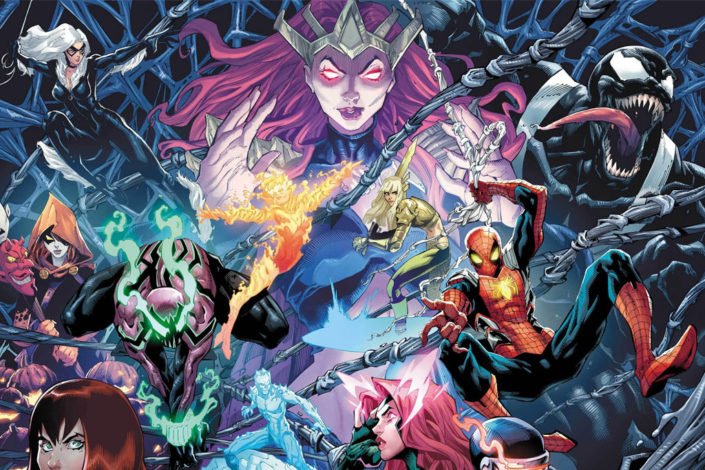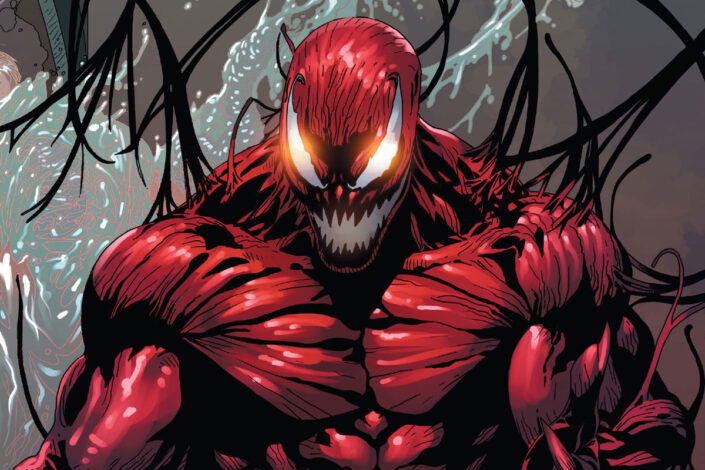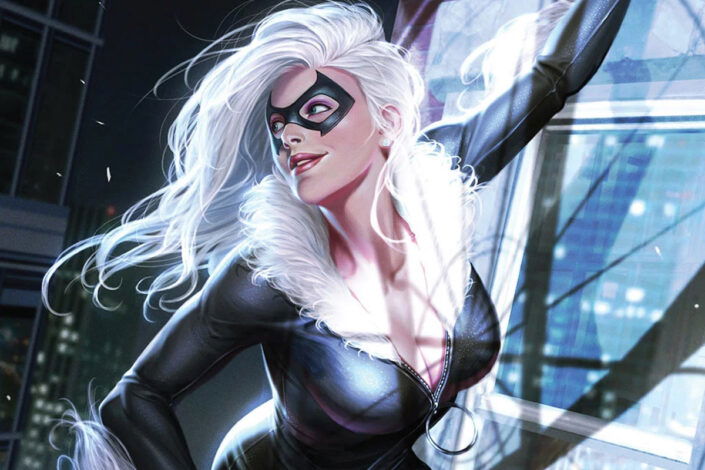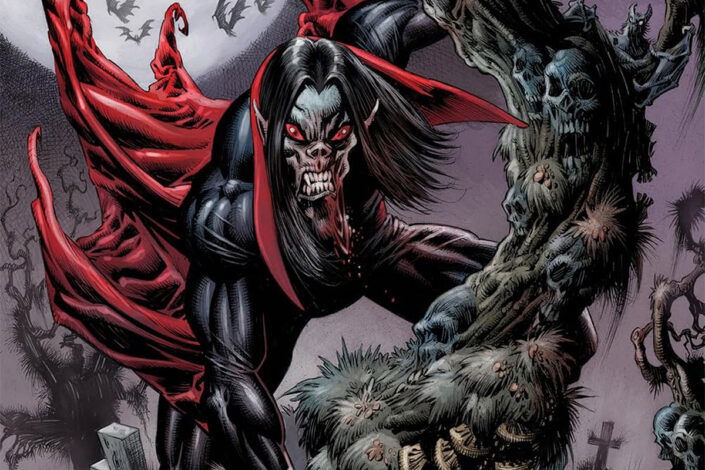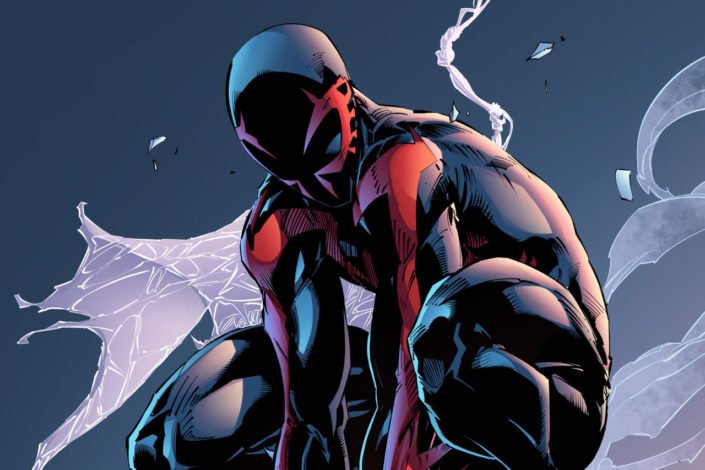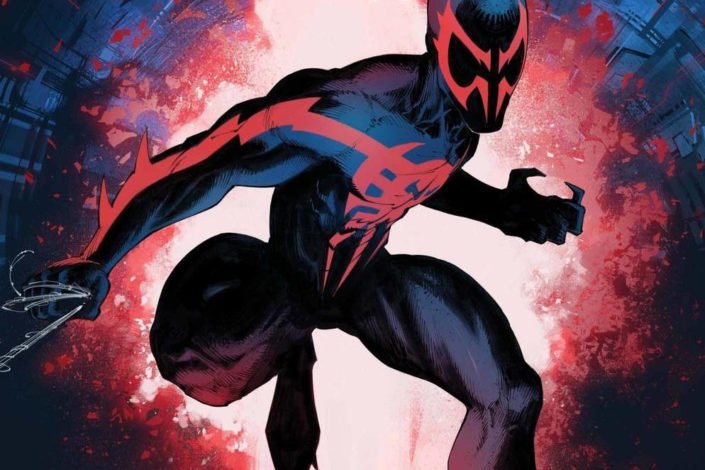Spider-Punk Reading Order (Hobie Brown)
Artist Olivier Coipel created the design of Spider-Punk to be for Spider-UK. Writer Dan Slott rejected it for being “too punk”, but the design was too popular to be ignored and a new character was born.
Spider-Punk made his debut in The Amazing Spider-Man #10 (January 2015). He is the Spider-Man of Earth-138, but he is not Peter Parker. Behind the mask hides teenager Hobart ‘Hobie’ Brown who fights for freedom on his Earth. He became a Spider-Totem following the classic bite by a spider that was irradiated by OsCorp’s illegal waste dumping.
He was recruited by Superior Spider-Man to be part of the army of Spider-Men during the first Spider-Verse, where some other Spiders called him Spider-Punk, a nickname Hobie disliked at first.
Since then, Hobie lived several adventures and found its way into other media. He appeared in the video games Spider-Man Unlimited and Marvel Strike Force, and made a cameo in an episode of Ultimate Spider-Man. More importantly, he is set to appear in Spider-Man: Across the Spider-Verse, voiced by Daniel Kaluuya.
It’s now time to become more familiar with another member of the Spider-Verse with this Spider-Punk Reading Order!


